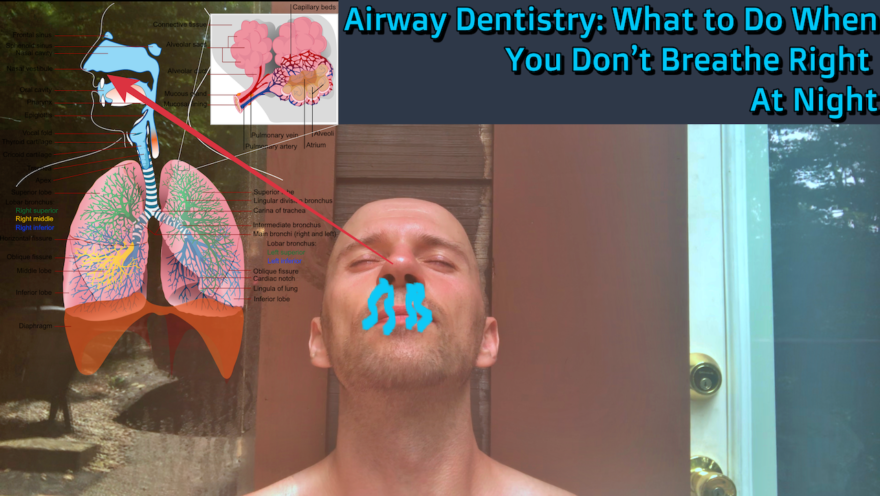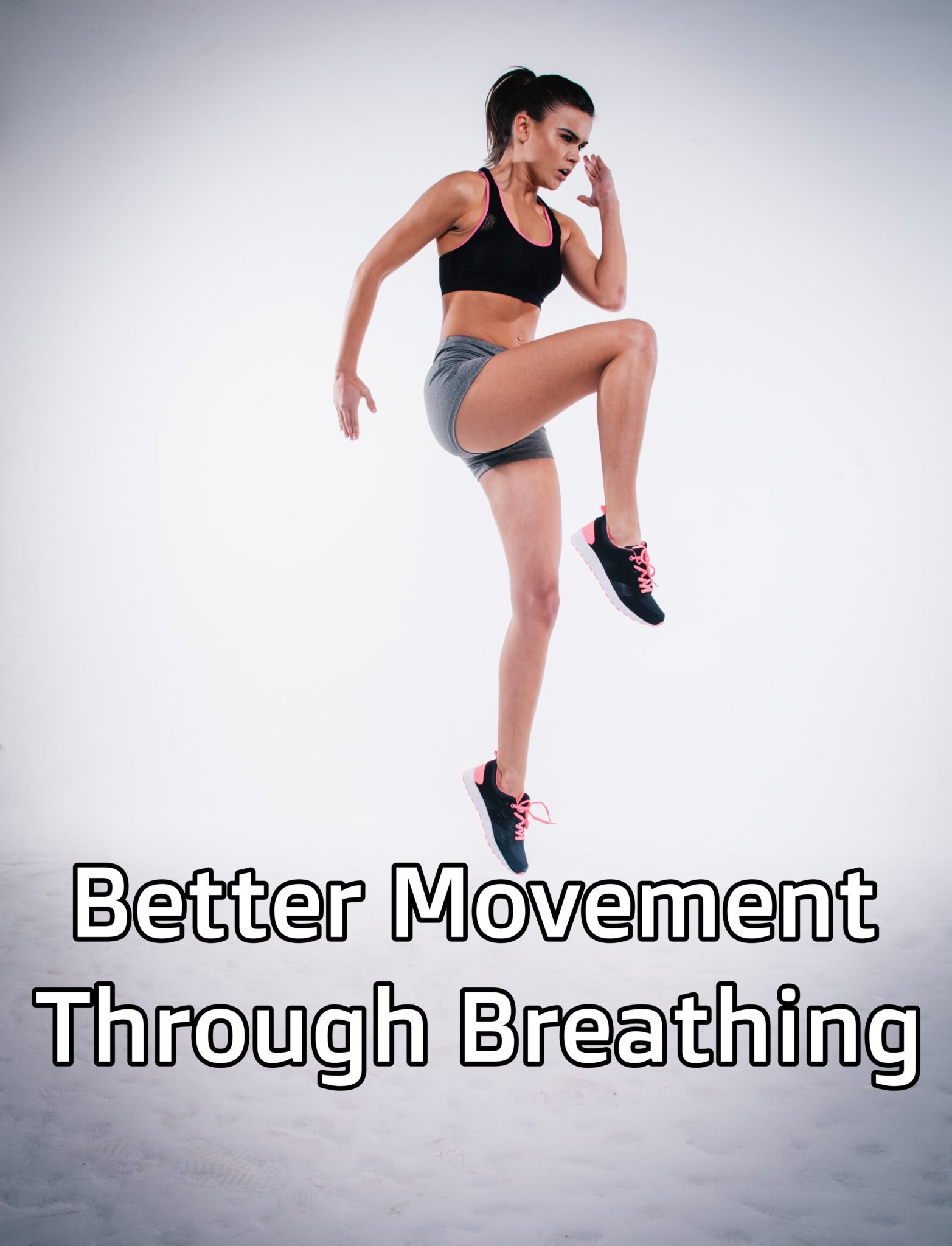Tag: UARS

Top 10 Posts of 2021
The posts the fam loved the most! At the end of each year, I like to see what you wonderful…

Airway Dentistry: What to Do When You Don’t Breathe Right At Night
If you are having trouble sleeping, snore at night, or mouth breathe like none other, you definitely have to listen…

The Keys to Improving Your Upper Airway
Sleep apnea, upper airway resistance, snoring, grinding your teeth, ADHD; what do all of these areas have in common? Many…

Better Movement Through Breathing
If you want simple tips to make pregnancy go WAY smoother, sleep to be on point, and move like a…

Introduction to Orofacial Myofunctional Therapy Course Review
How improving tongue mobility can impact sleep and nasal breathing I hit a plateau. I was getting good results with…
